Where I Work: Glaser’s German bakery has been satisfying Yorkville’s sweet tooth for 115 years
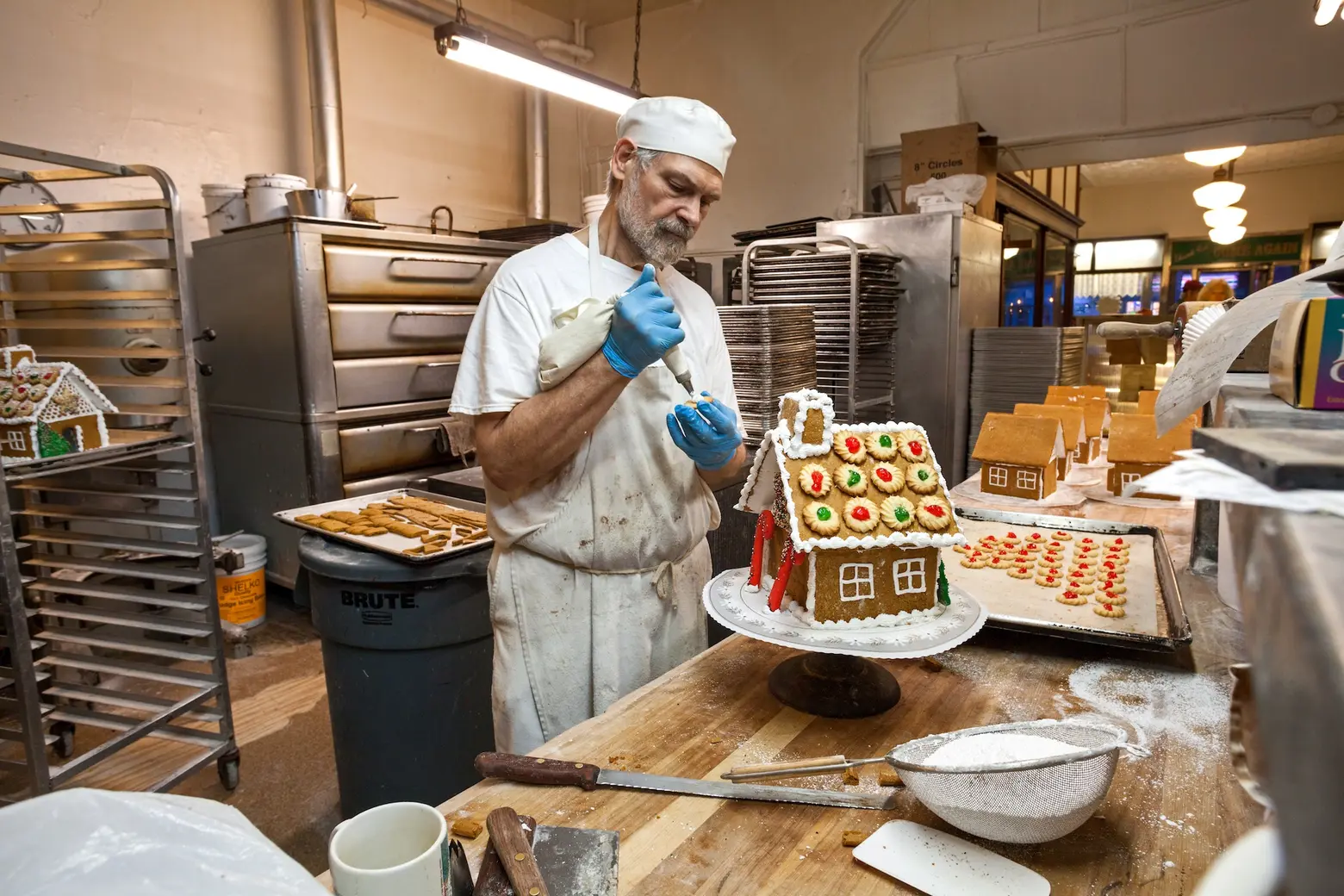
All photographs © James and Karla Murray for 6sqft
6sqft’s series “Where I Work” takes us into the studios, offices, and off-beat workspaces of New Yorkers across the city. In this installment, we’re touring Glaser’s Bake Shop, a 115-year-old German bakery in Yorkville.Want to see your business featured here? Get in touch!
In the early 20th century, New York’s German immigrants relocated from the East Village to the Upper East Side neighborhood of Yorkville, which soon became known as Germantown. The community was so culturally rich, that German was spoken more than English in this area. 86th Street was dubbed “Sauerkraut Boulevard” and was lined with German butchers, restaurants, and bakeries. After the dismantling of the Second and Third Avenue elevatrated trains in the 1940s and ’50s, most of the German community moved out, but several of these old-time businesses still remain, one of which is Glaser’s Bake Shop.
When German immigrant John Glaser opened his bakery in 1902, there were half a dozen nearby competitors. 115 years later, the perfectly preserved storefront on First Avenue and 87th Street is the last of its kind in Yorkville, but it’s still filled everyday with new neighbors and long-time residents alike, eager to satisfy their sweet tooths with the extra chocolately brownies, jelly donuts, Bavarian pastries, and their famous black-and-white cookies. Glaser’s is now owned by John’s grandsons Herbert and John, who are committed to keeping their family’s traditions alive. 6sqft recently stopped by to watch Herb work on massive gingerbread village and chat with him more about the baker’s history and how he’s seen Yorkville change over the years.
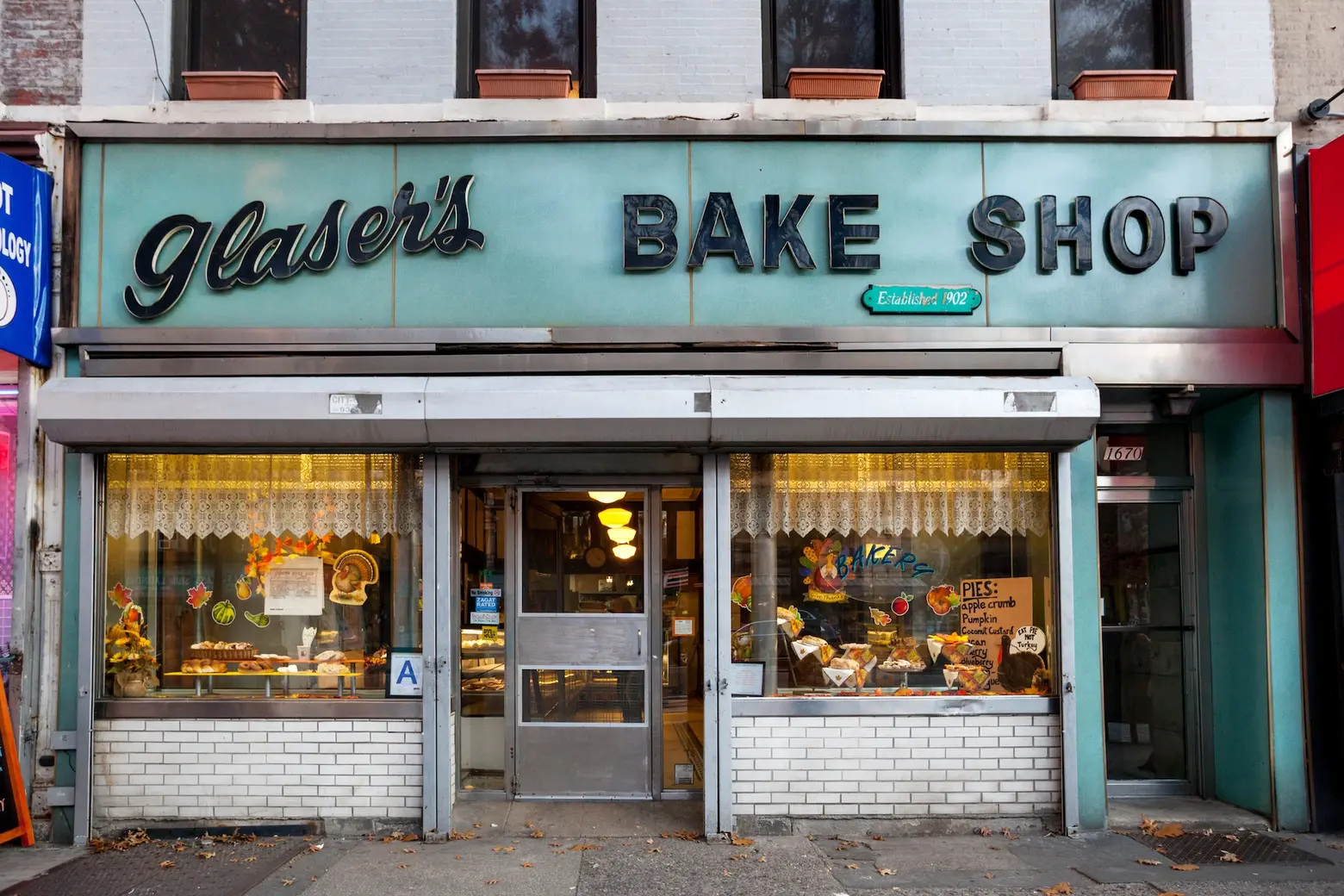
You grew up in Yorkville. What was the neighborhood like then?
I’m probably one of a very small group of people who has never moved. The neighborhood has changed a lot in my life. It is much more crowded now. When I was a kid it was a working-class neighborhood. There were no high-rise buildings. There were more and larger families. It’s still a great neighborhood, but…
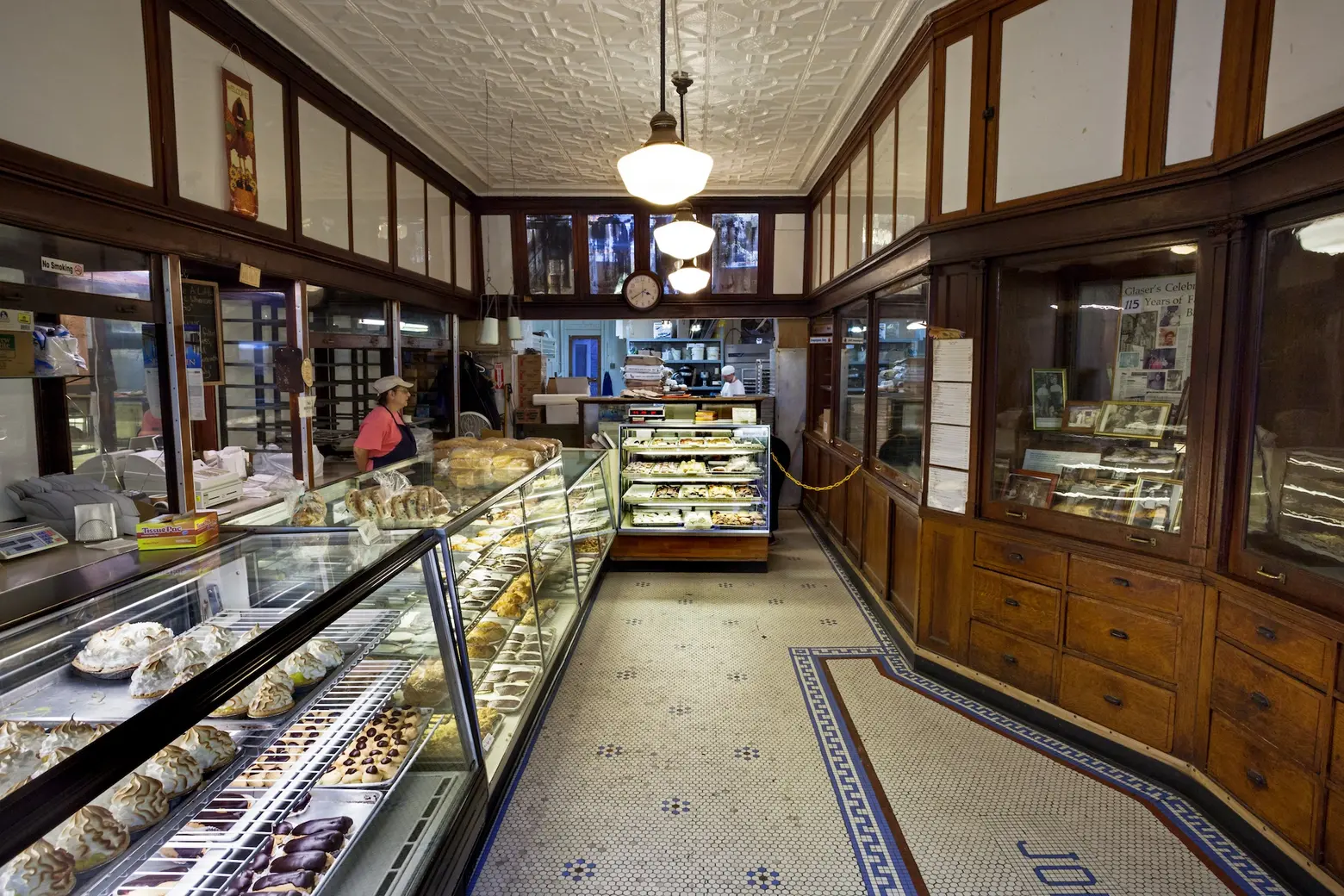
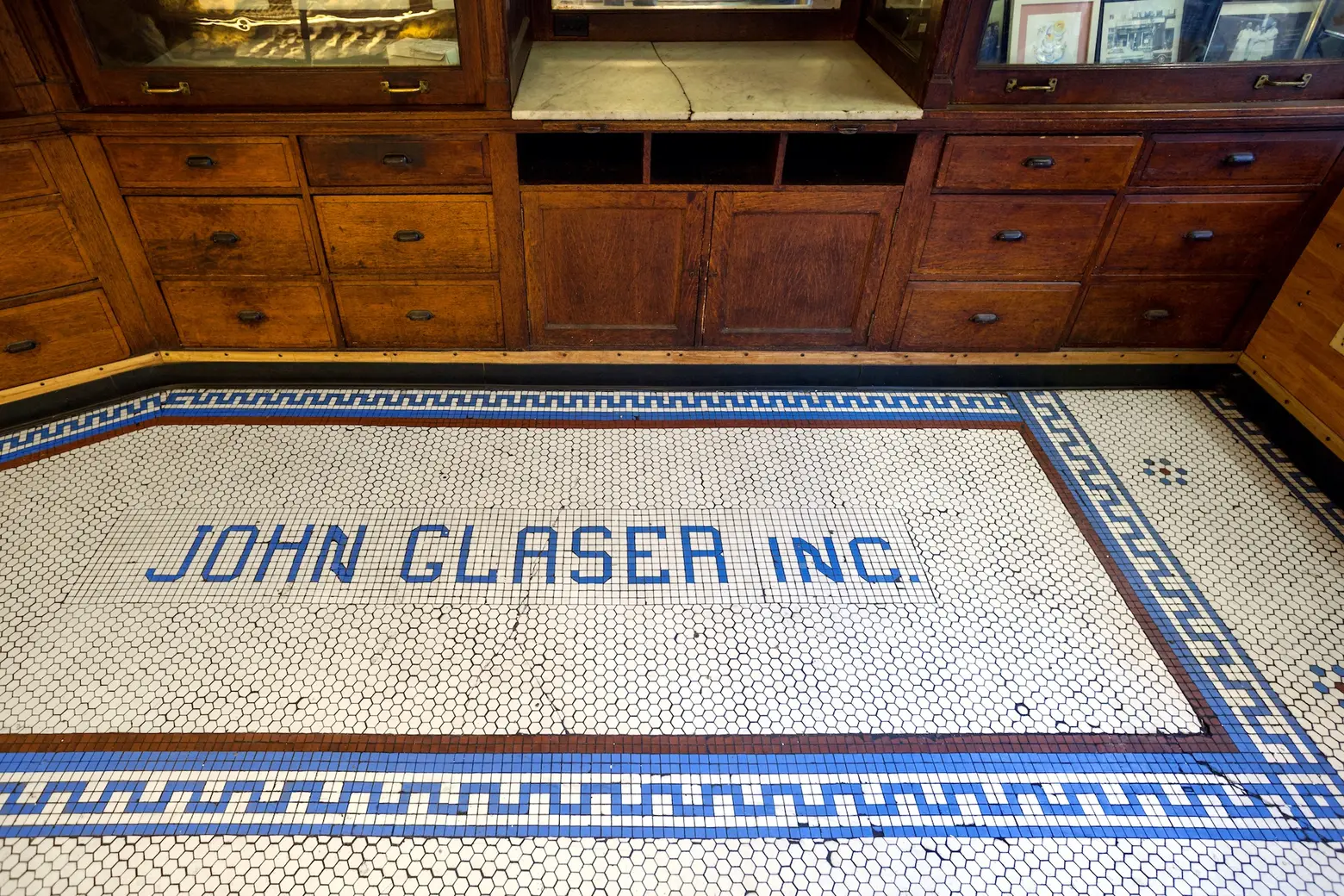 The tile floors, Apothecary-style wood cabinets, and tin ceilings are all original
The tile floors, Apothecary-style wood cabinets, and tin ceilings are all original
When your grandfather founded Glaser’s in 1902, it mainly produced bread. Why did he decide to introduce sweets?
I’m not really sure how or why production changed, but with any small business, you have to adapt to the customers and what they are looking for.
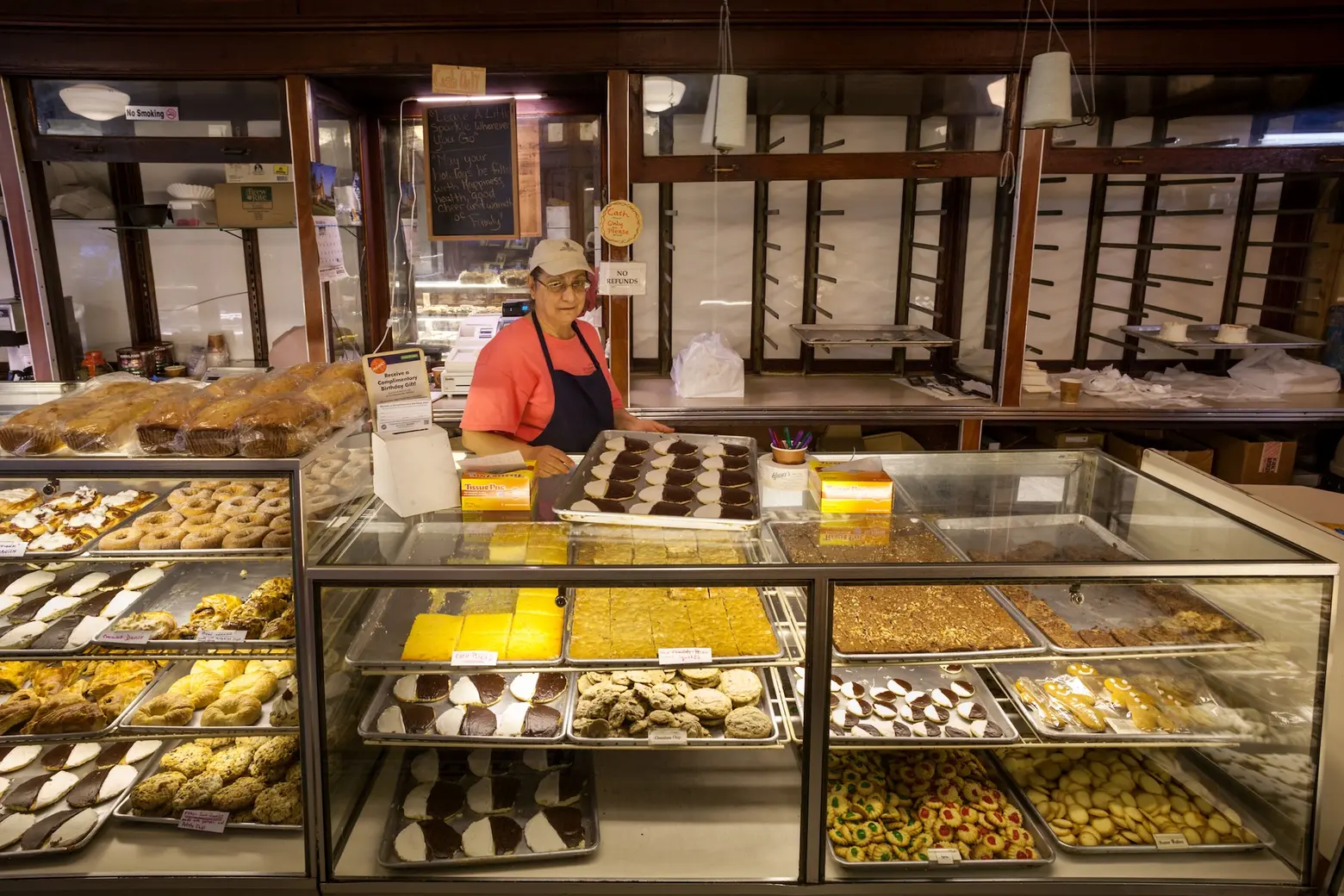
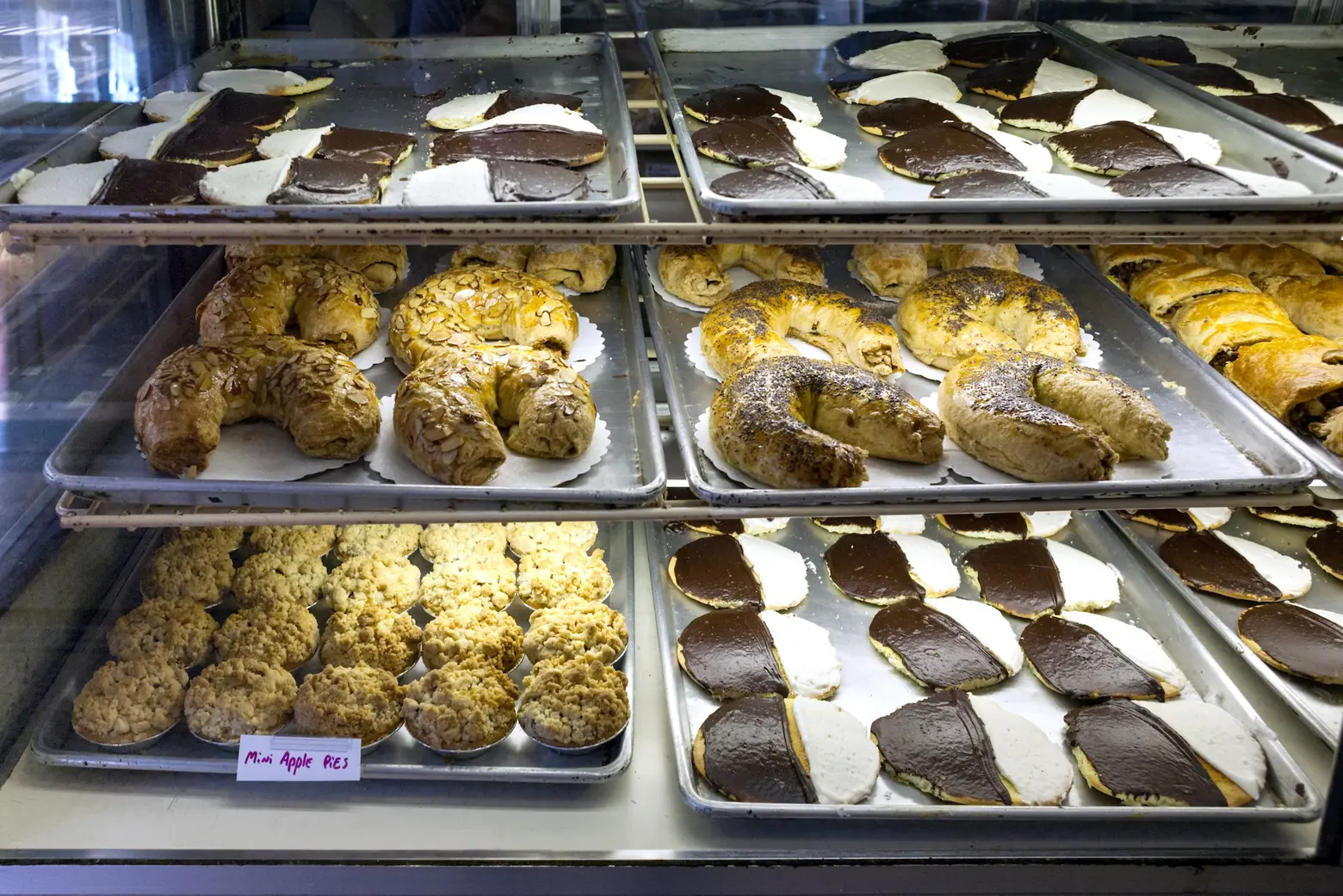
How has Glaser’s customer base changed over the years? Are the orders different, too?
The biggest difference in customer base is that there are more single people in the neighborhood, so more individual items sell rather than large cakes. Of course for holidays, like now, we get plenty of large orders.
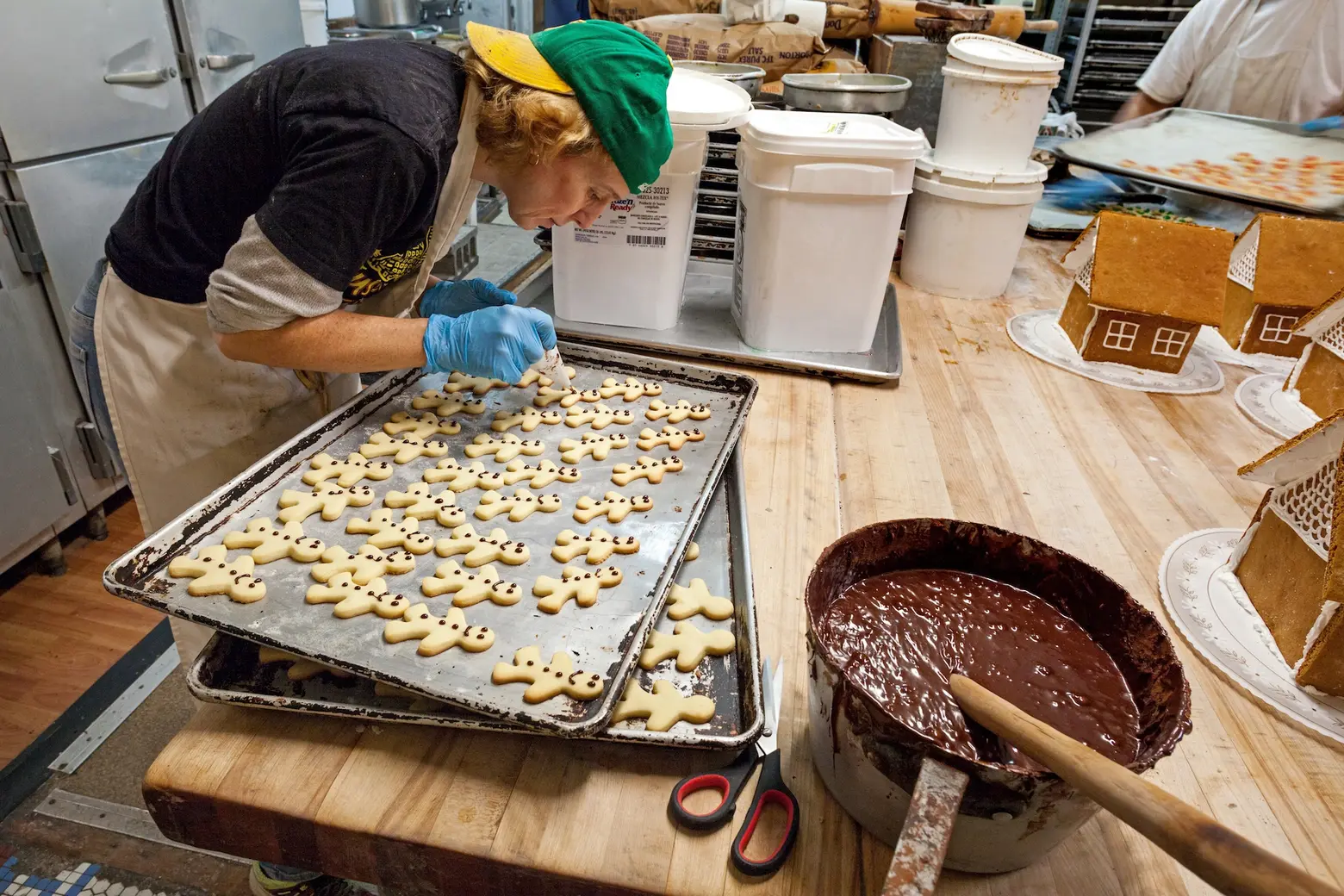
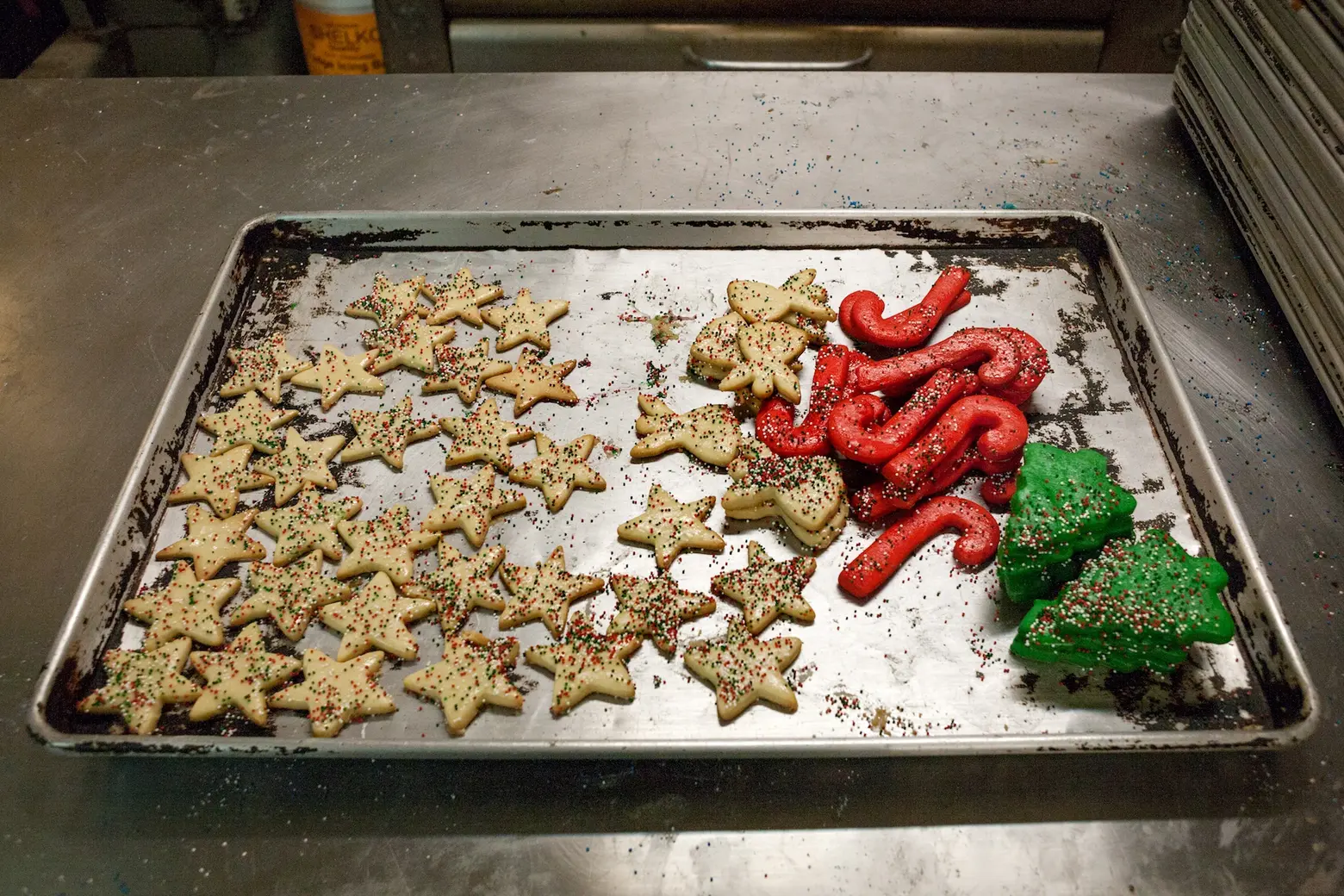 Terri started working at Glaser’s as a teen in 1994. After a career in the music industry, she came back and started baking with Herb. She’s “very lucky to know him as a friend and a boss” and that she “learns something new every day.”
Terri started working at Glaser’s as a teen in 1994. After a career in the music industry, she came back and started baking with Herb. She’s “very lucky to know him as a friend and a boss” and that she “learns something new every day.”
How have you been able to stay in business successfully for 115 years?
The way to keep customers coming back is to make a quality product at a fair price. Fortunately we are able to do that. A big plus is that my grandfather had the foresight and the ability to buy the building that we are in.
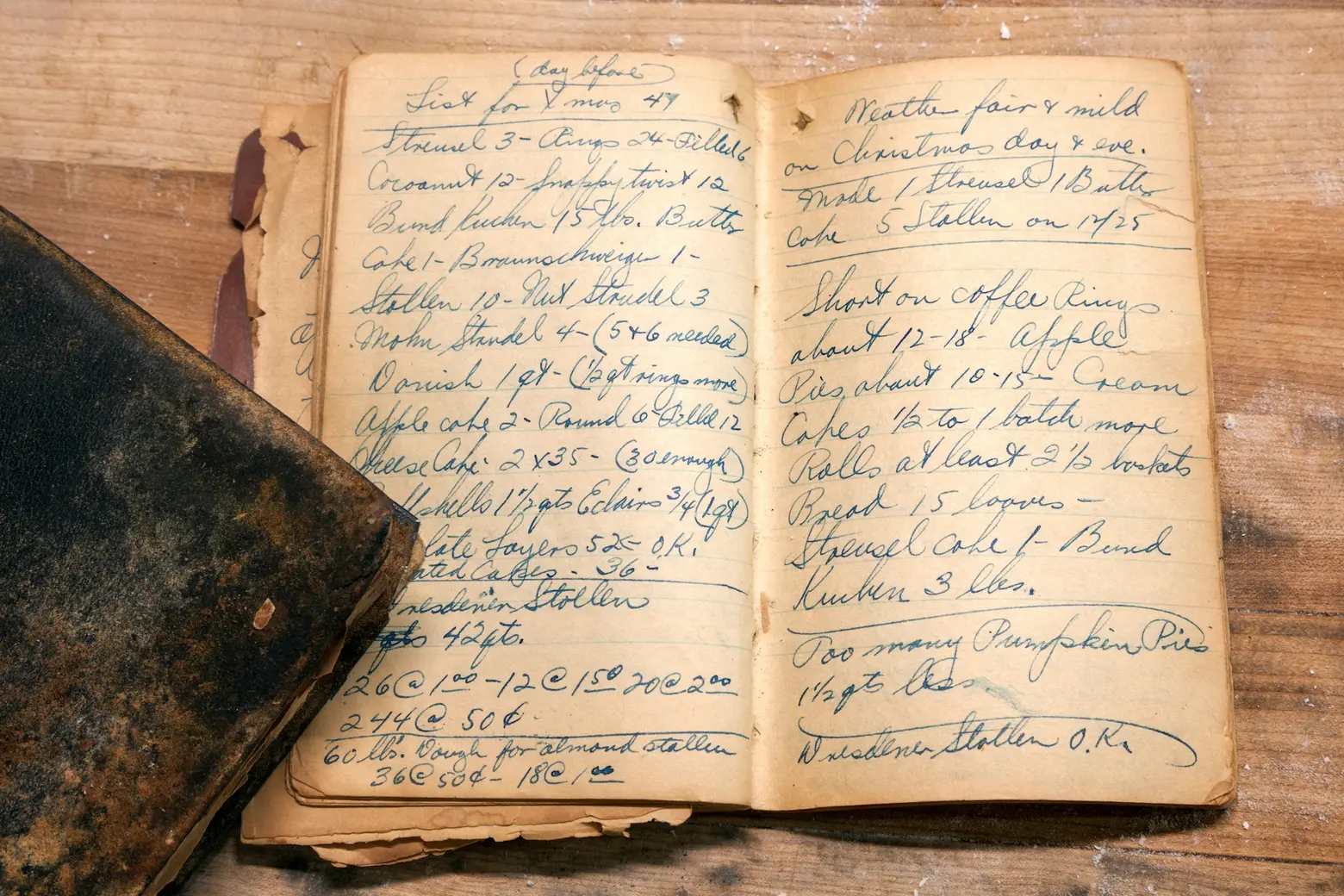
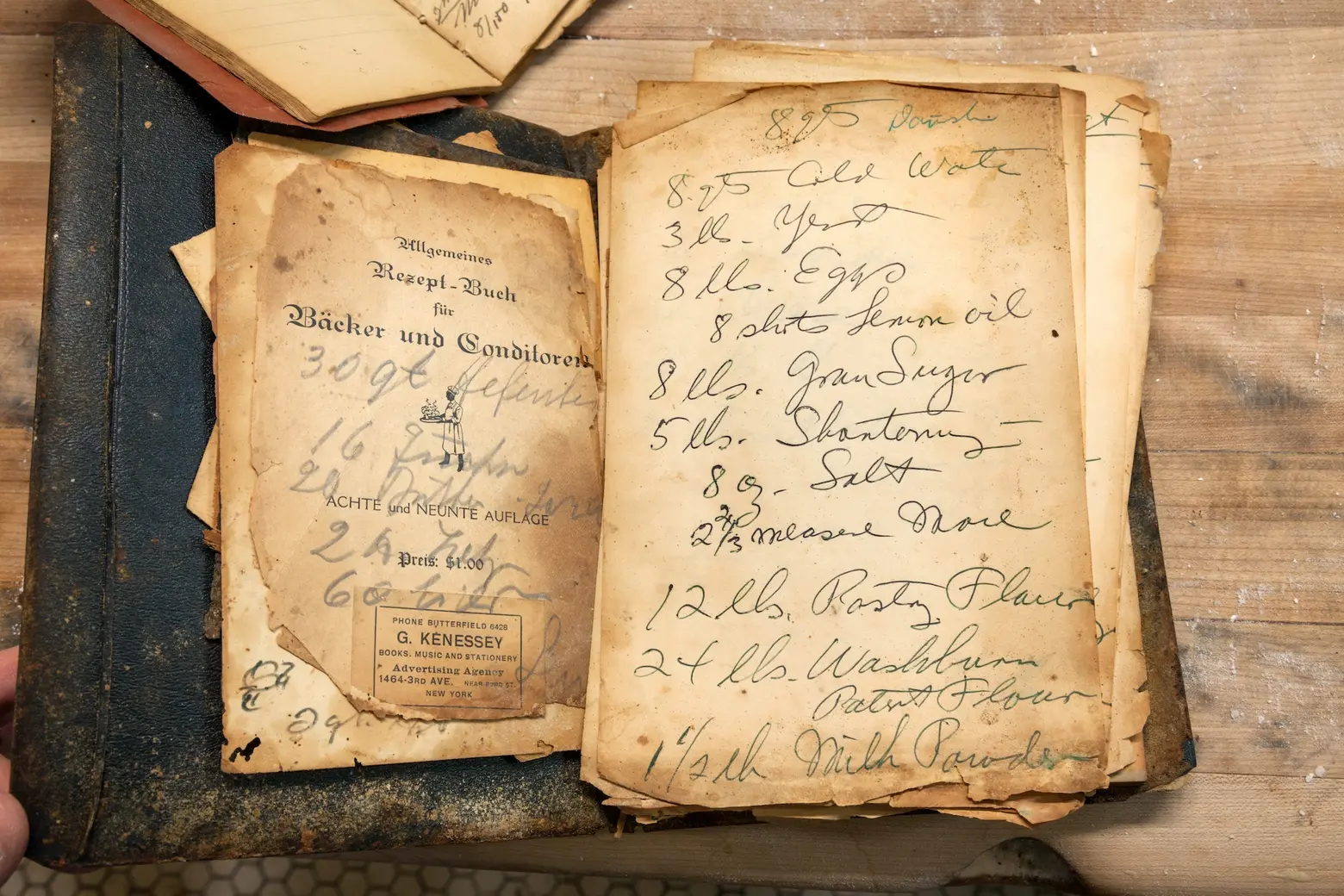 John’s original recipes that are still used
John’s original recipes that are still used
Out of everything preserved in the store, from the recipes to the physical architecture, what do you think your grandfather would be most pleased to see still intact?
I think he would be most pleased to see a strong work ethic still in effect. Not only with the bakers, but the sales help also. They are all incredibly dedicated to the shop.
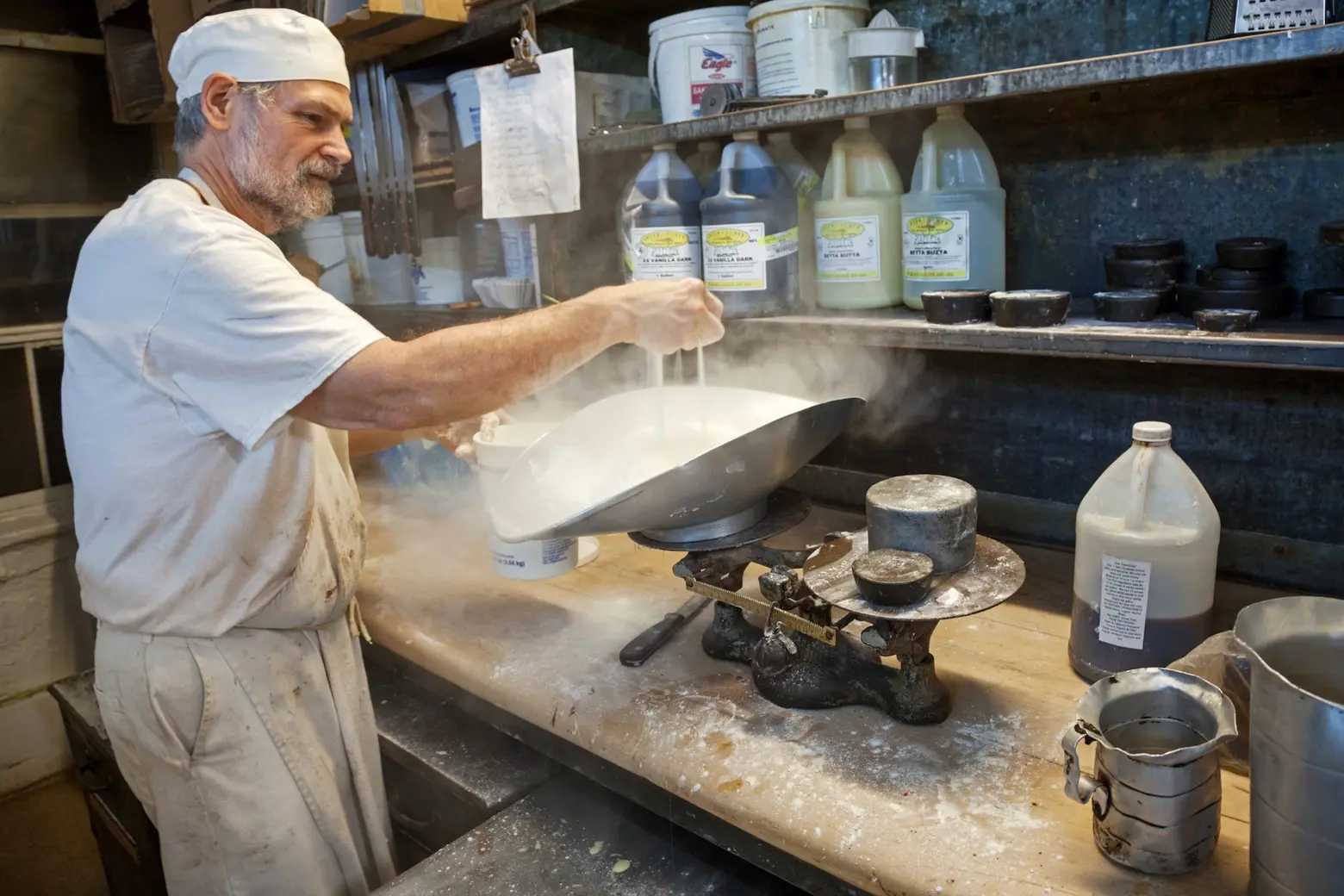
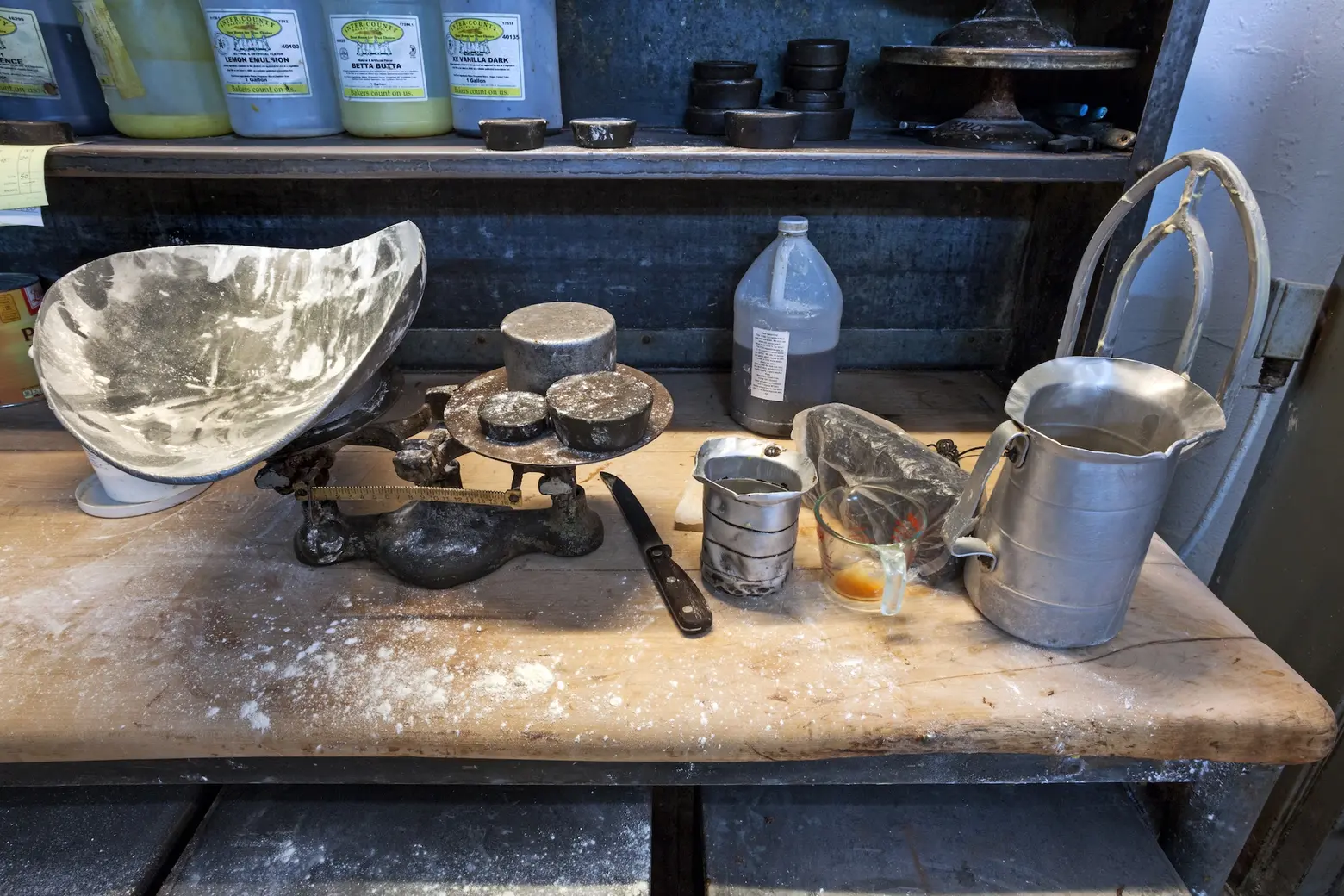 As a young man, Herb’s first job at Glaser’s was delivering wedding cakes
As a young man, Herb’s first job at Glaser’s was delivering wedding cakes
Do you have a personal favorite treat?
I have lots of favorites. I love brownies, but I also love cookies. The butter pecan is my favorite.
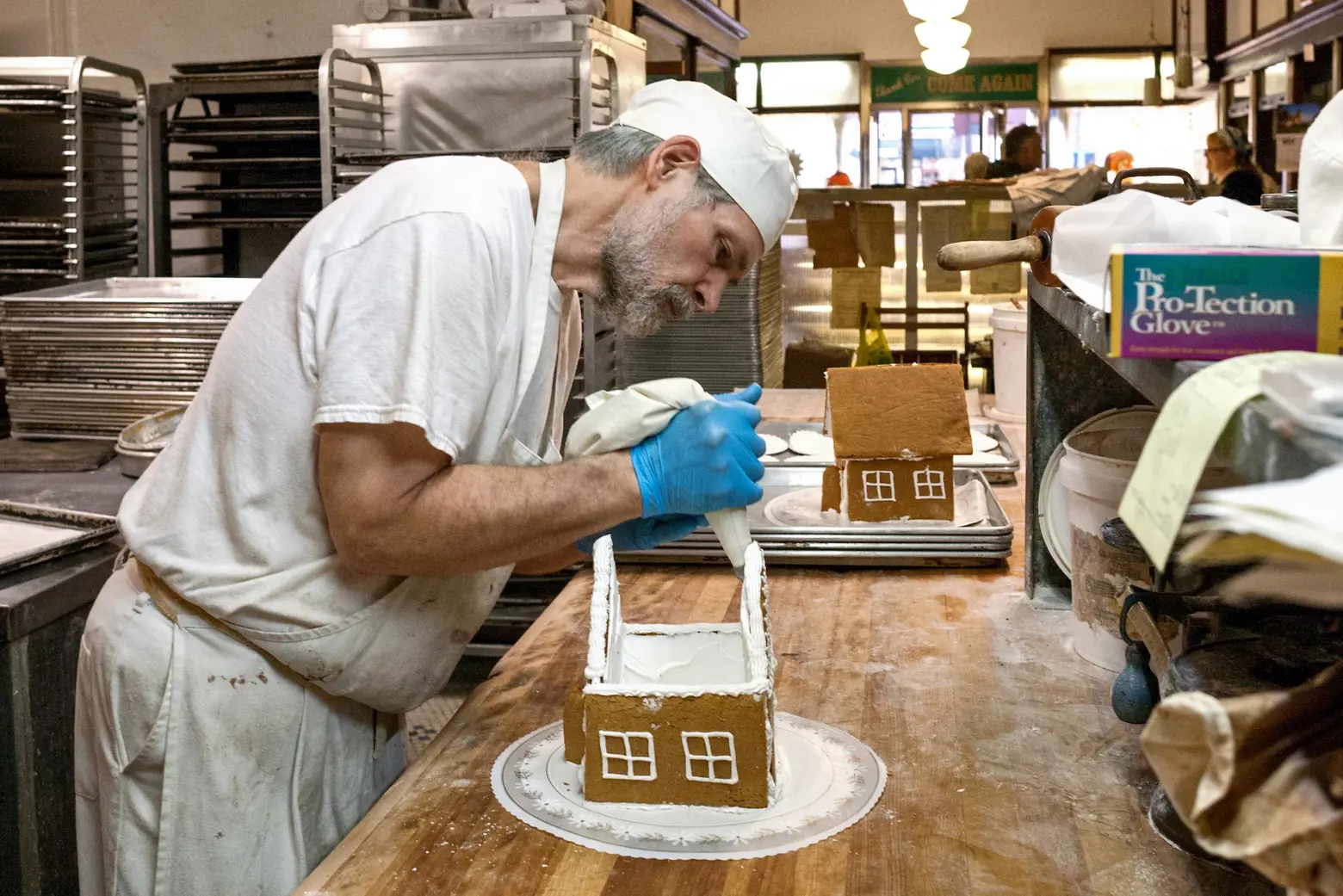
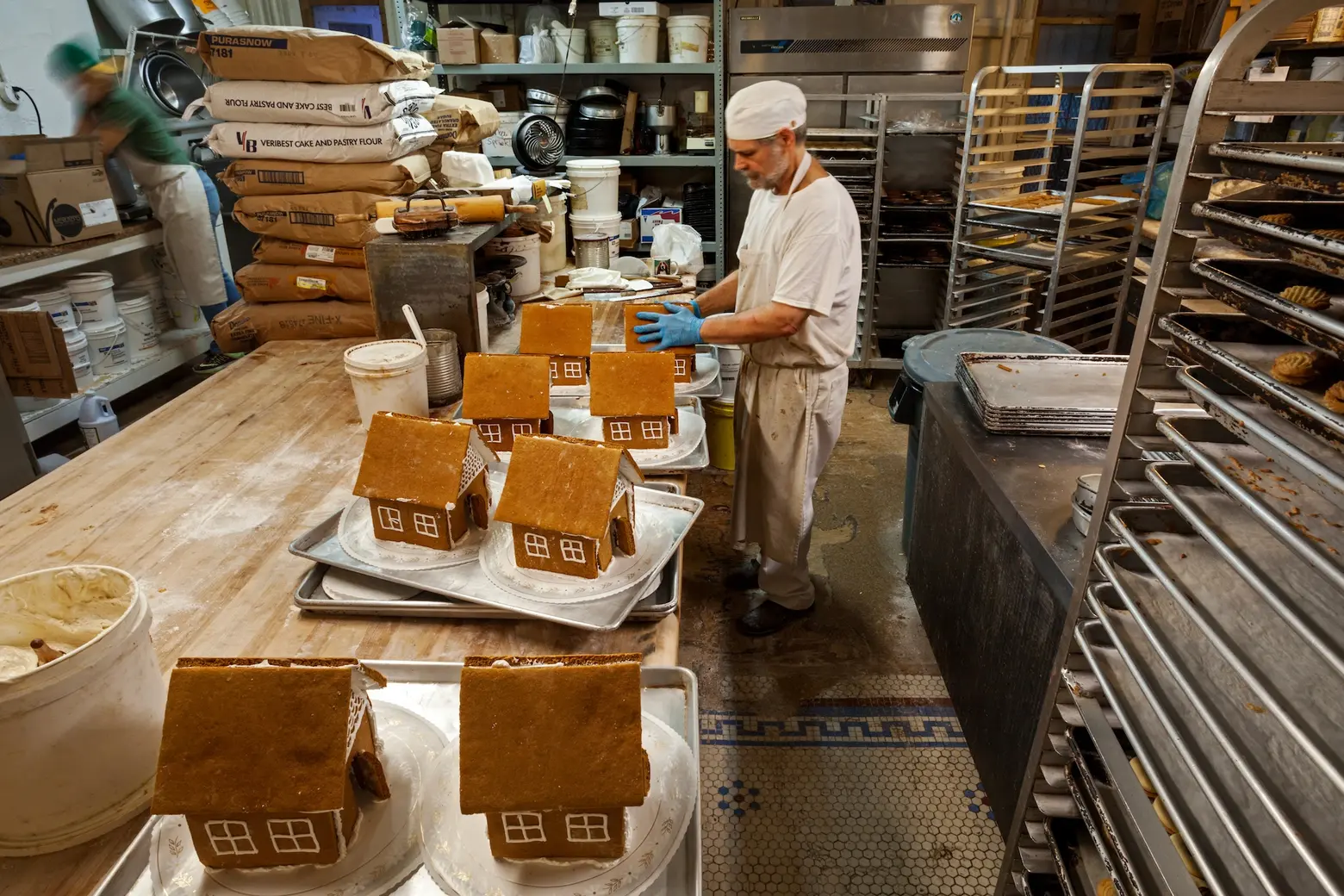 For this gingerbread house order, Herb did the baking on a Monday, iced the back of the houses on Tuesday, the front and trimmings on Wednesday, and after they set overnight, he decorated them and added the men and accessories on Thursday.
For this gingerbread house order, Herb did the baking on a Monday, iced the back of the houses on Tuesday, the front and trimmings on Wednesday, and after they set overnight, he decorated them and added the men and accessories on Thursday.
Clearly, gingerbread is very popular around the holidays. What are some other seasonal best sellers?
This time of year gingerbread is of course very popular, but this is also the busiest season for cookies of all types. We sell several thousand pounds of cookies during the month of December. And they’re all made by hand.
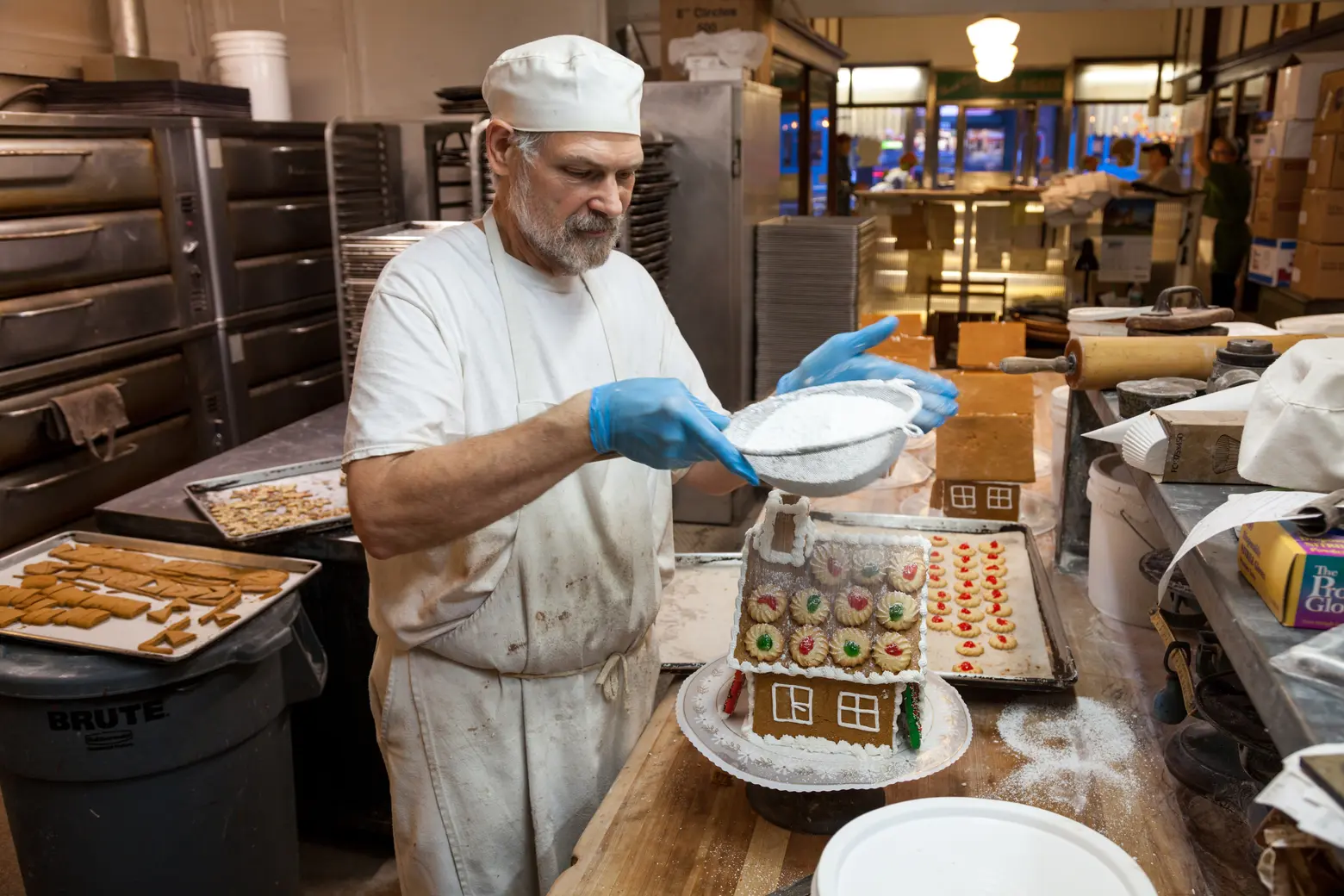
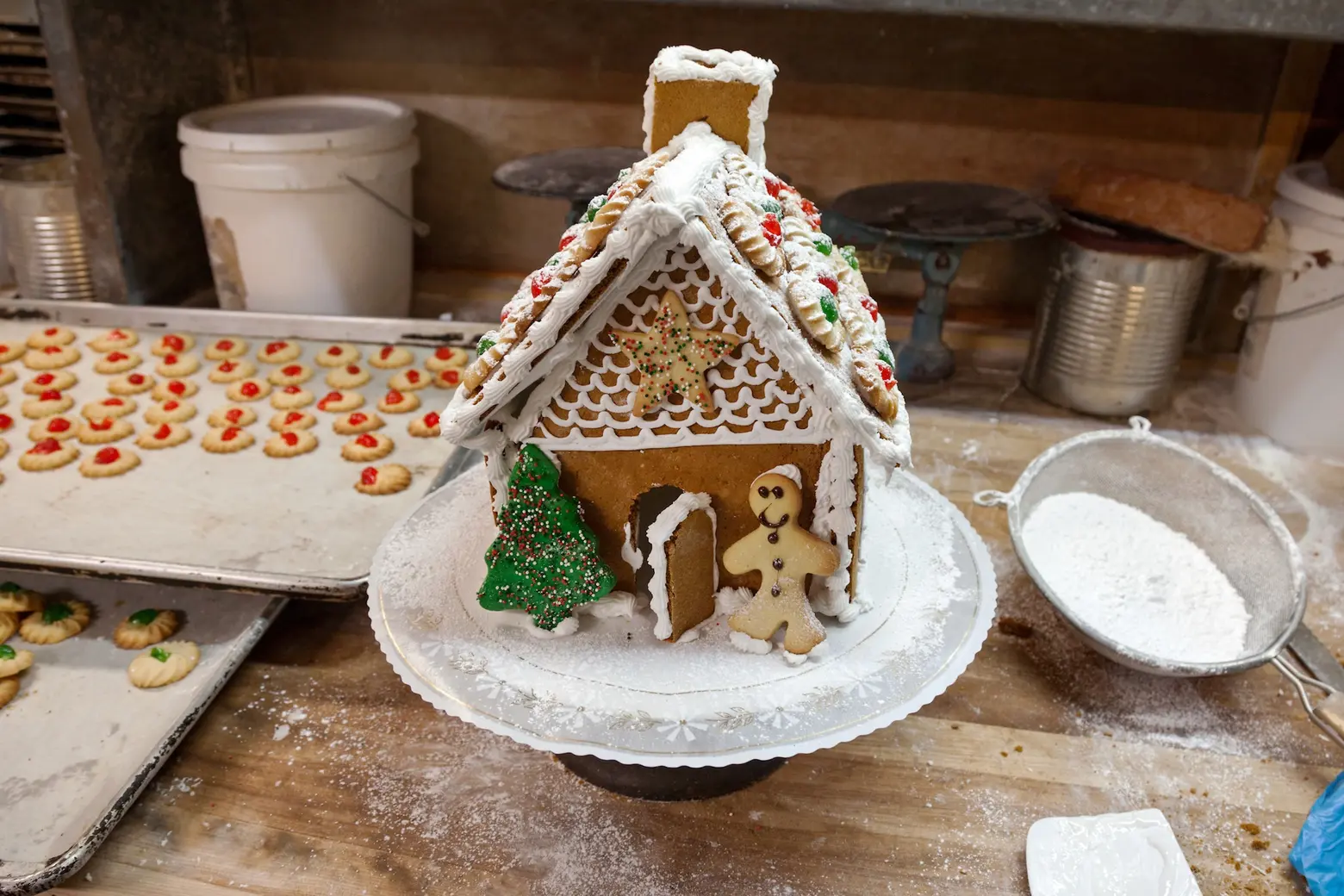
What does a typical day look like for you?
This time of year my day is controlled to some degree by special orders. But every day starts with brownies. I think it’s a great way to start a day.
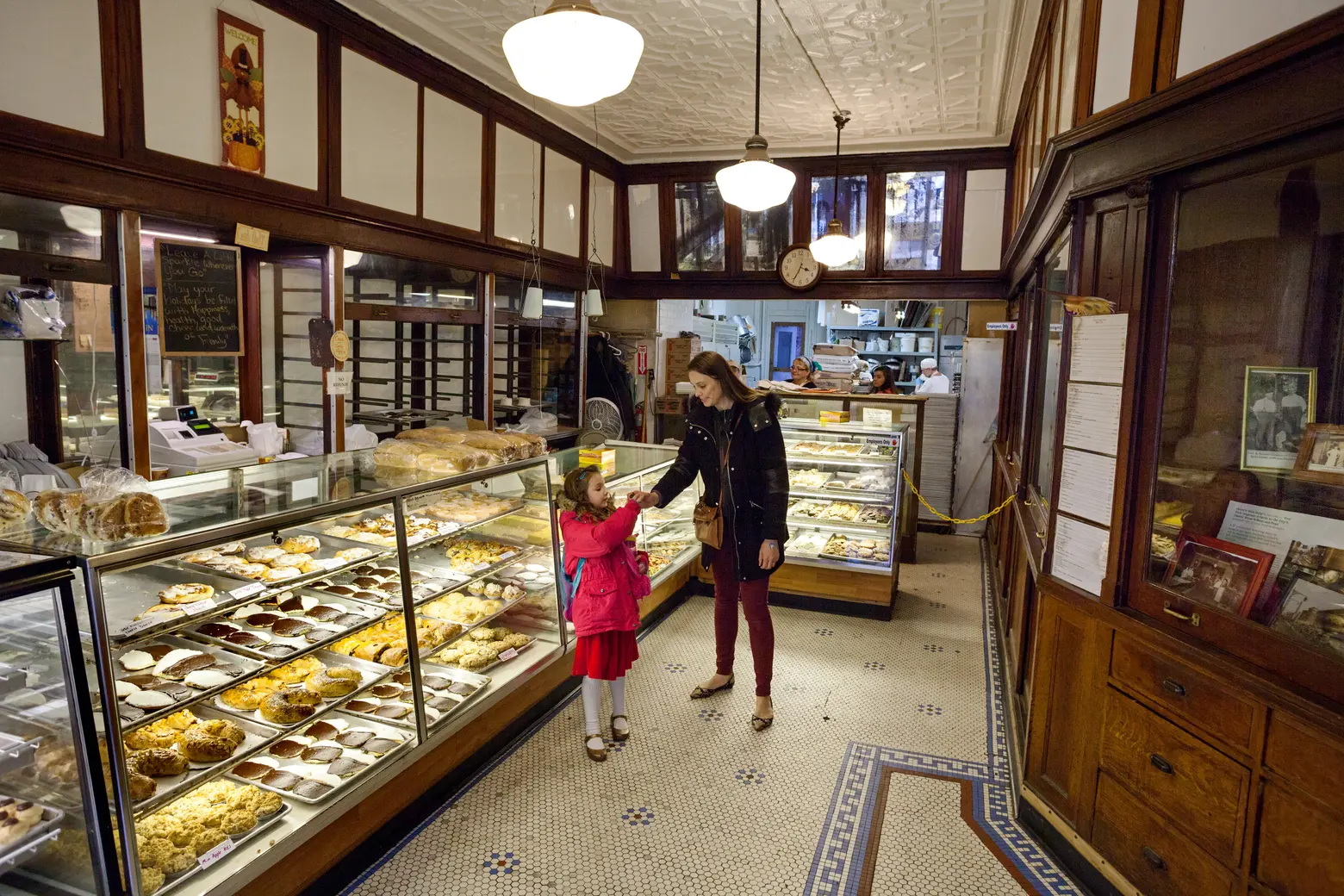
Outside of baking, what do you like to do?
While I love baking, I do have lots of hobbies. I love classical music. I play (to some degree) the piano and pipe organ. I wish I had more time to practice. Maybe in retirement. I have a home upstate, and I enjoy gardening. While I love my sweets, I do love real food also. Most vegetables come from the garden all summer long. One more hobby of mine is antique clock collecting and repair. I keep about 20 antique clocks ticking at home.
+++
© All images taken by James and Karla Murray exclusively for 6sqft
Get Inspired by NYC.
Leave a reply
Your email address will not be published.
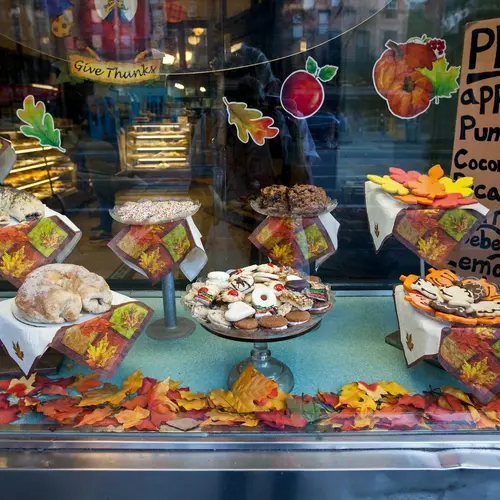
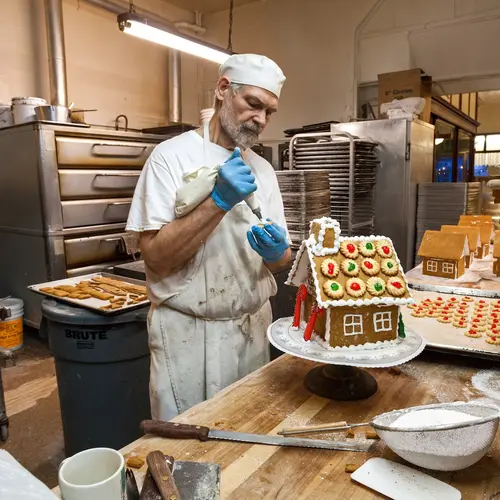
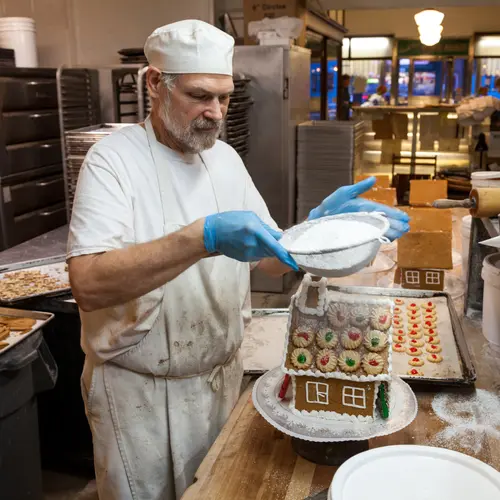
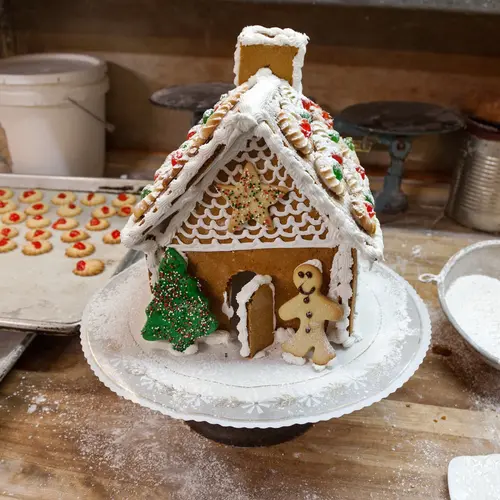
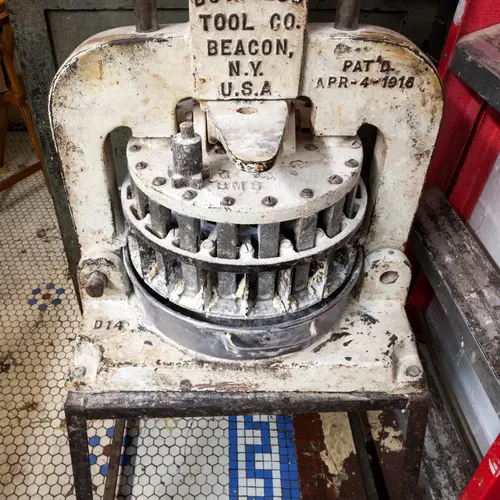
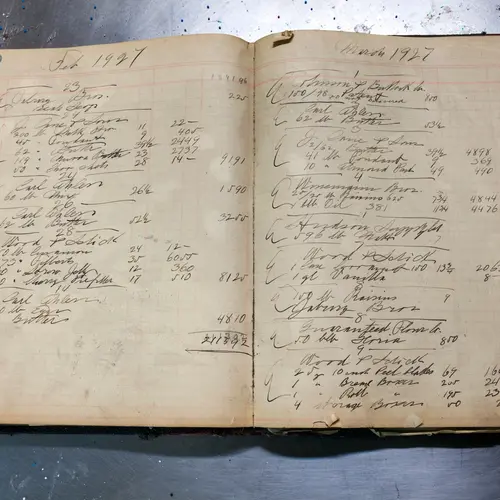
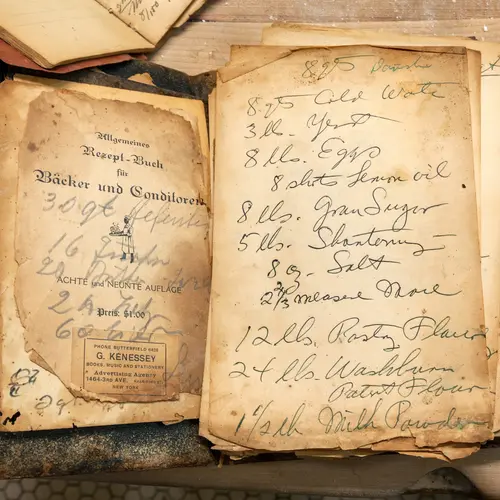
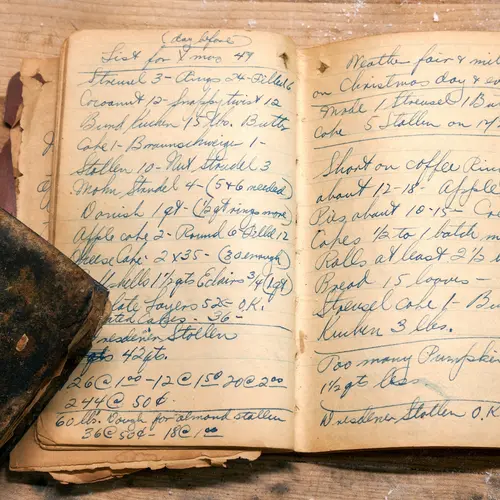
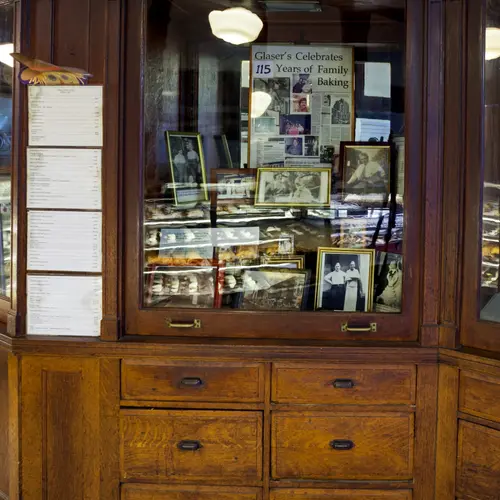
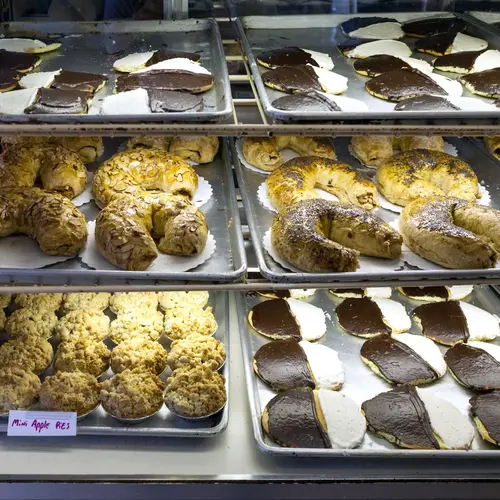
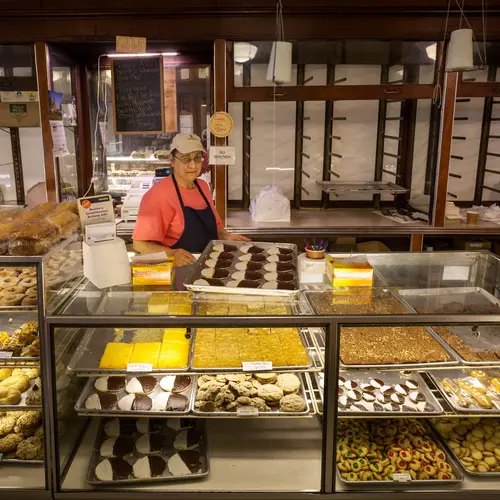
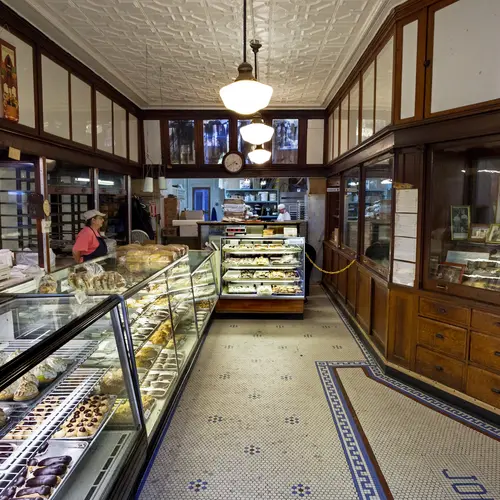
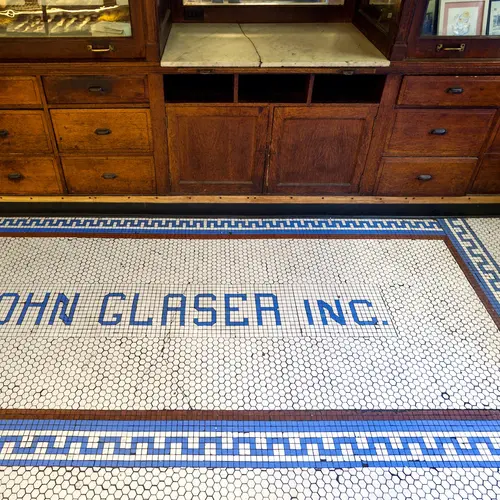
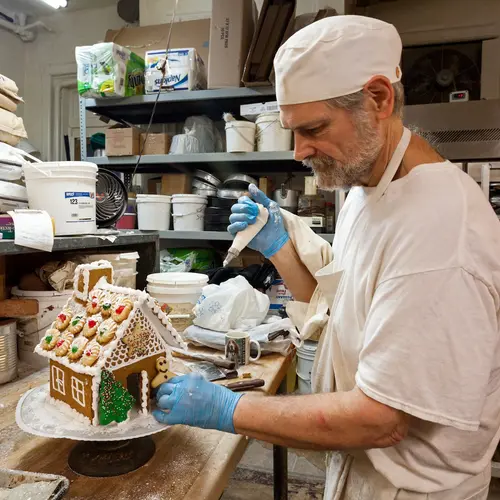
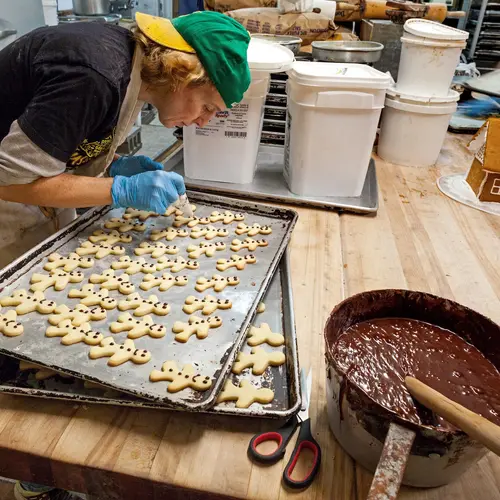
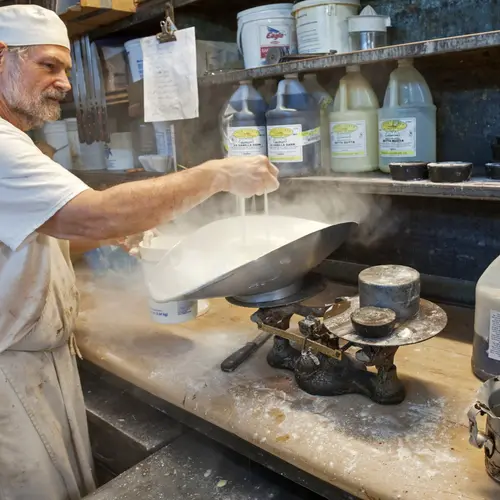
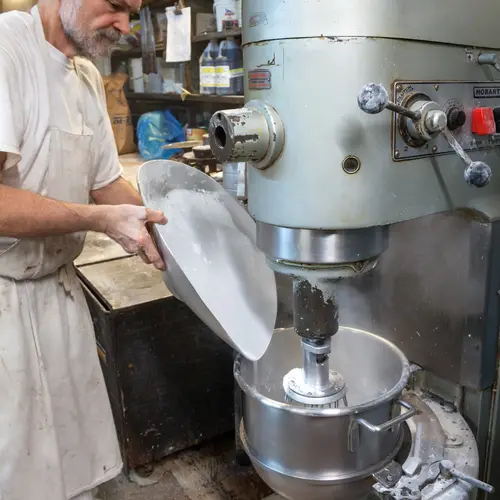
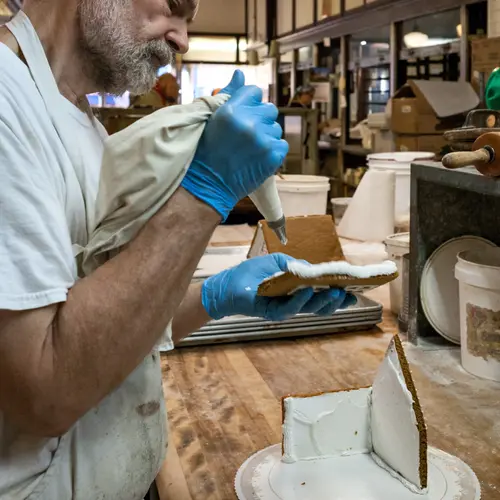
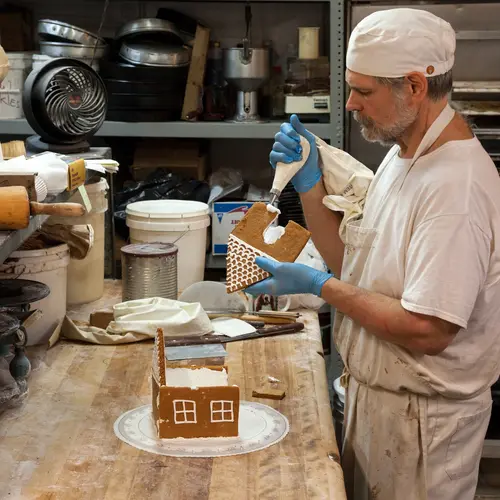
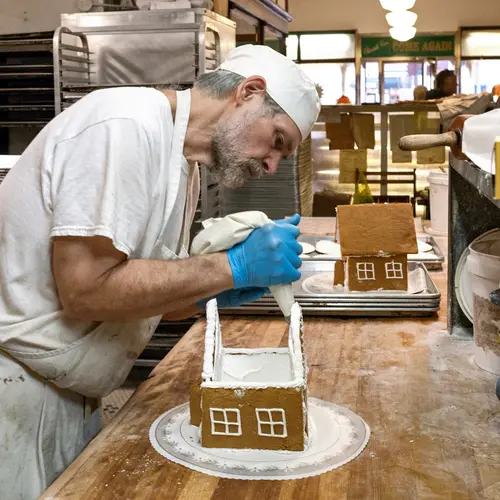
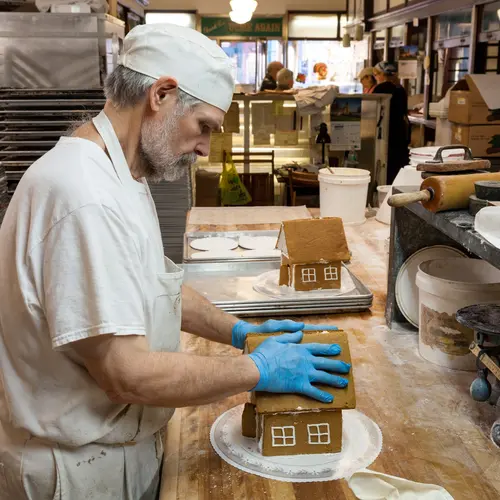
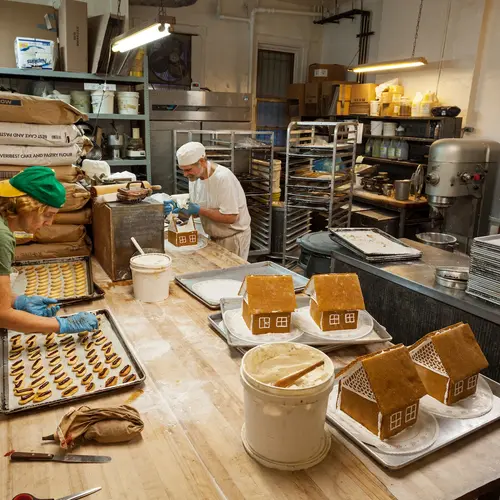
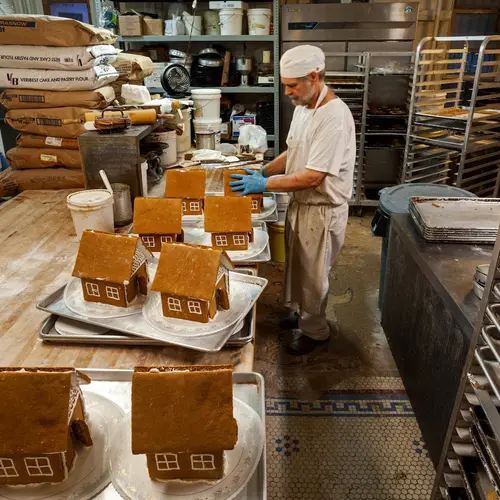
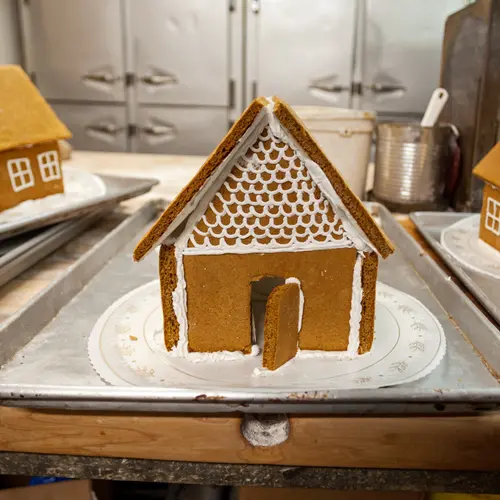
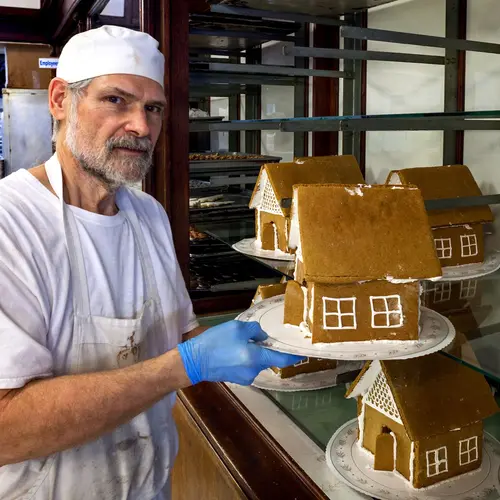
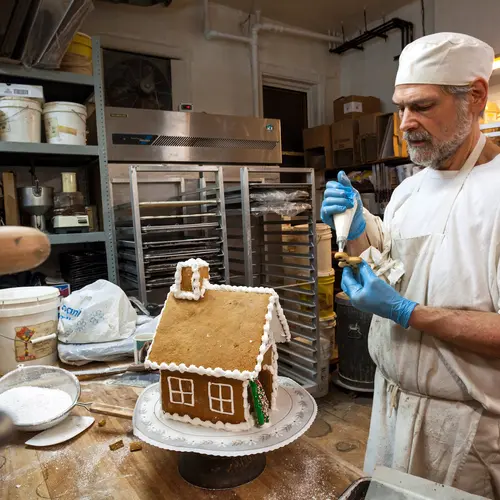
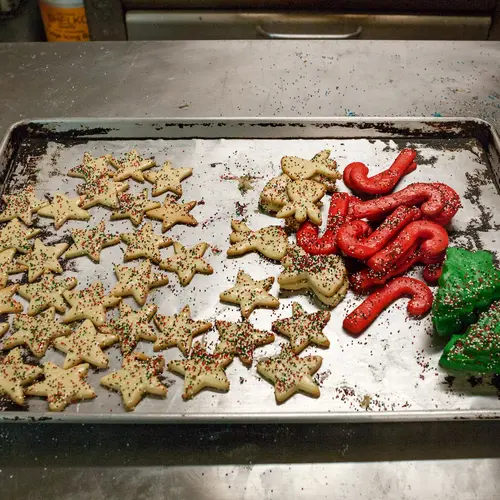
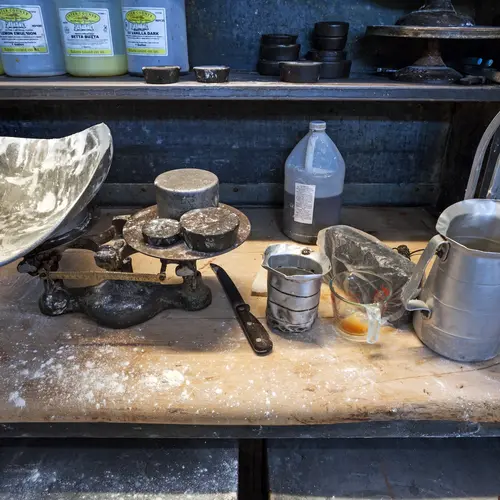
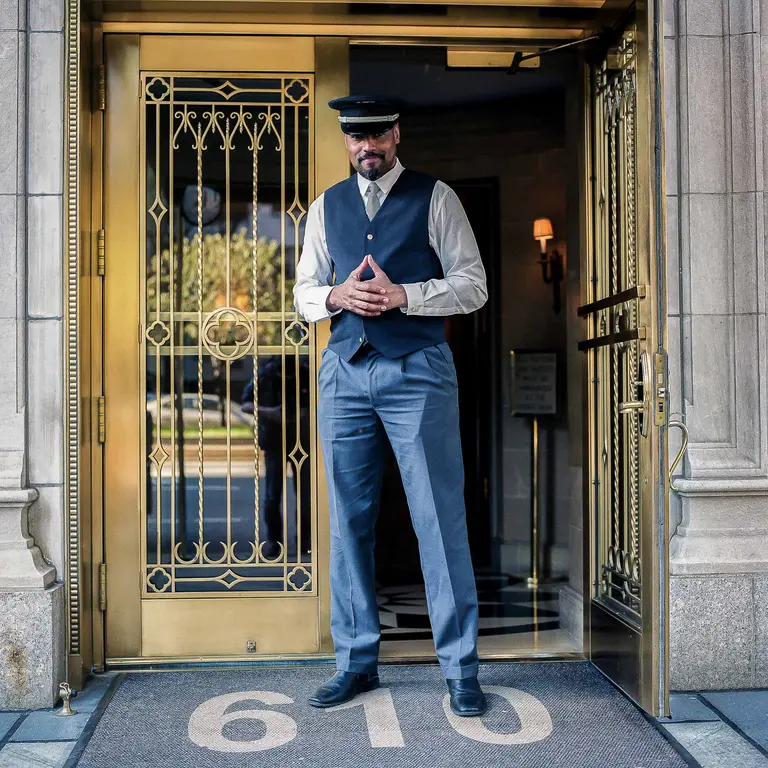
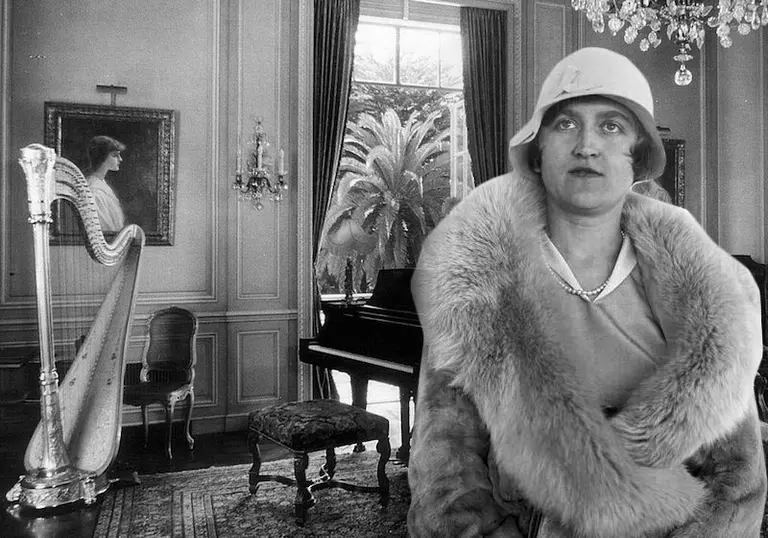

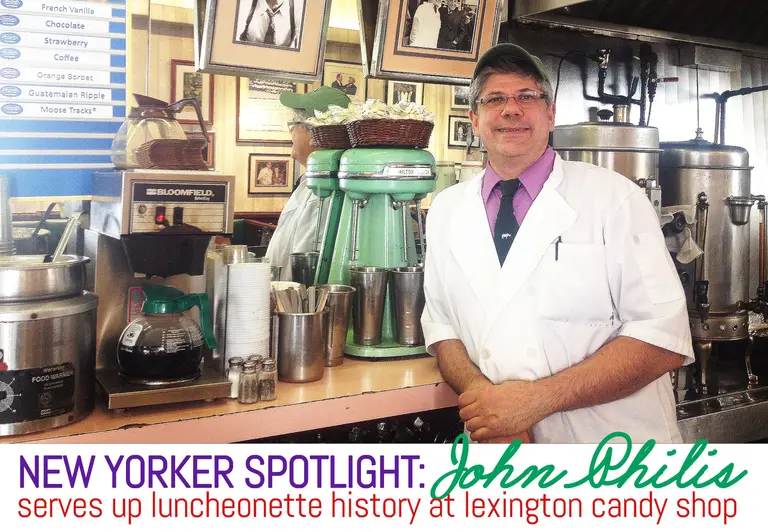
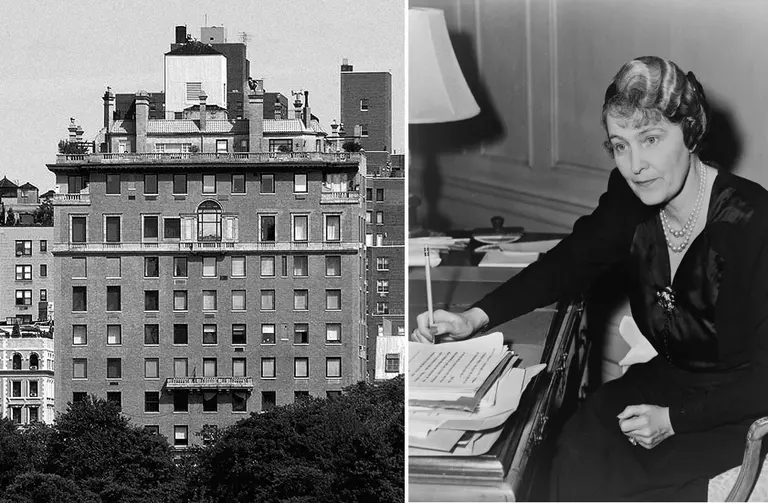
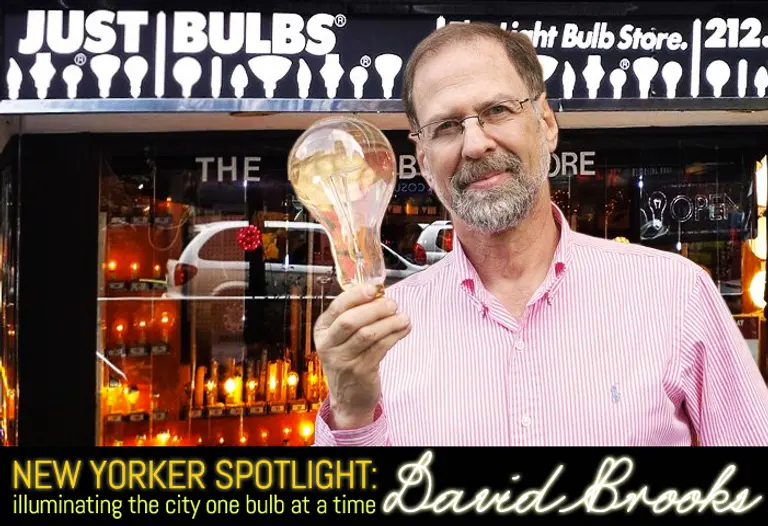





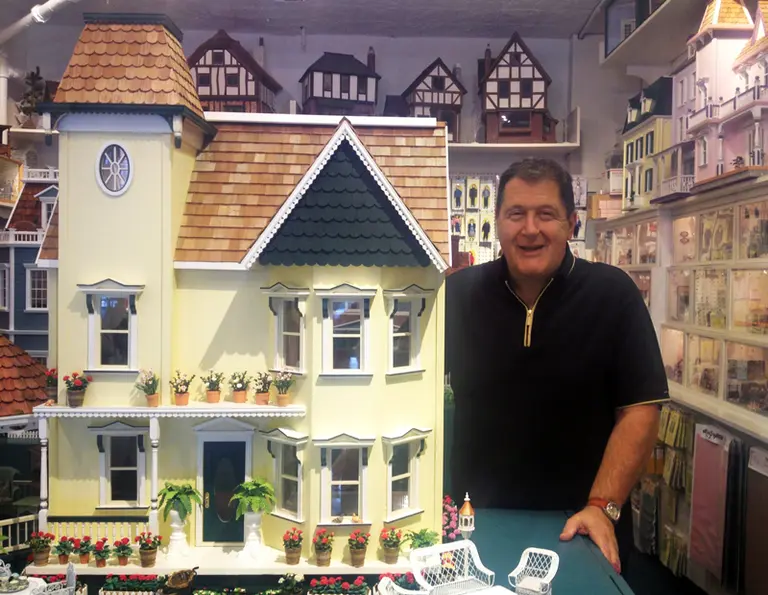



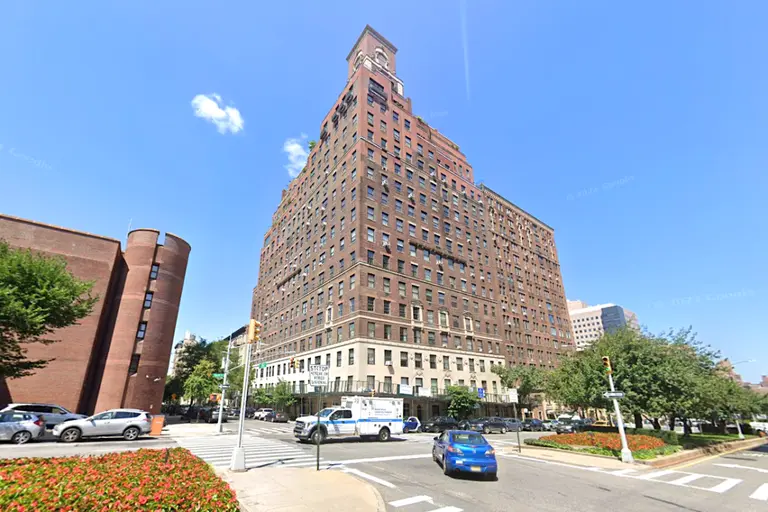
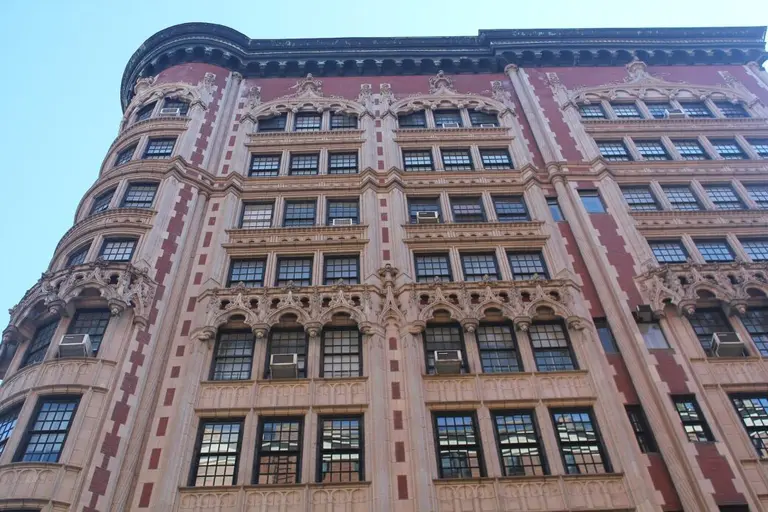












I grew up in Yorkville. Always went to Glasers on Sunday to get there chocolate sprinkle cake. After school use to get black and whites and jelly tarts. Loved that place.
When I lived in the area, nearly 50 years ago, I remember the newsstands at 86th and Lex sold German-language books and newspapers, and in addition to the many German restaurants and bakeries, there were also wonderful Viennese ones. There was also the Ruppert Brewery, since torn down.